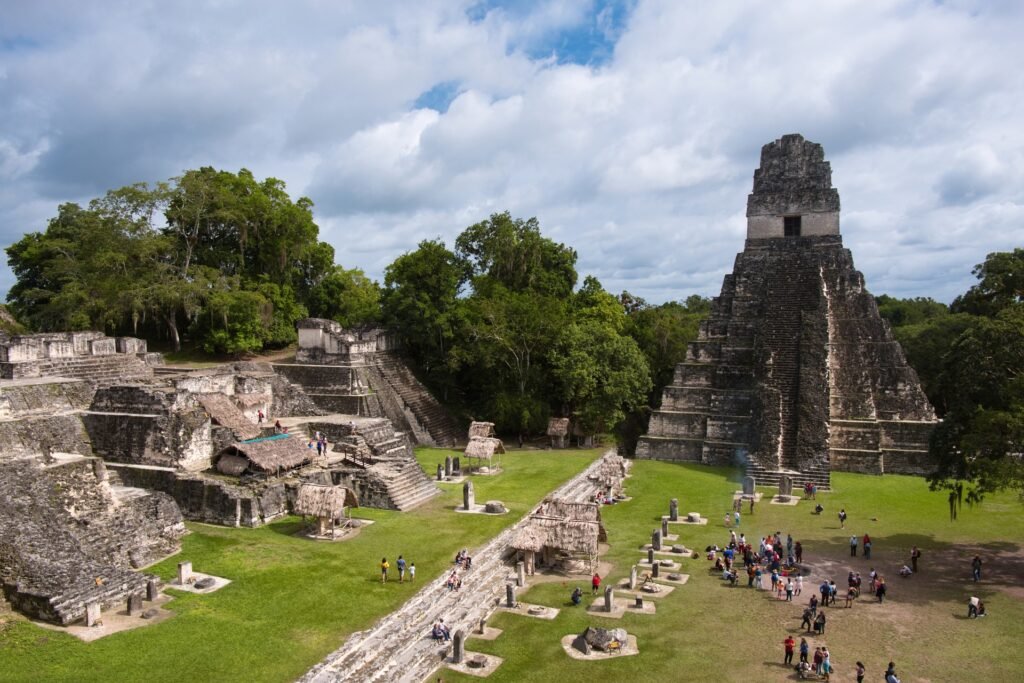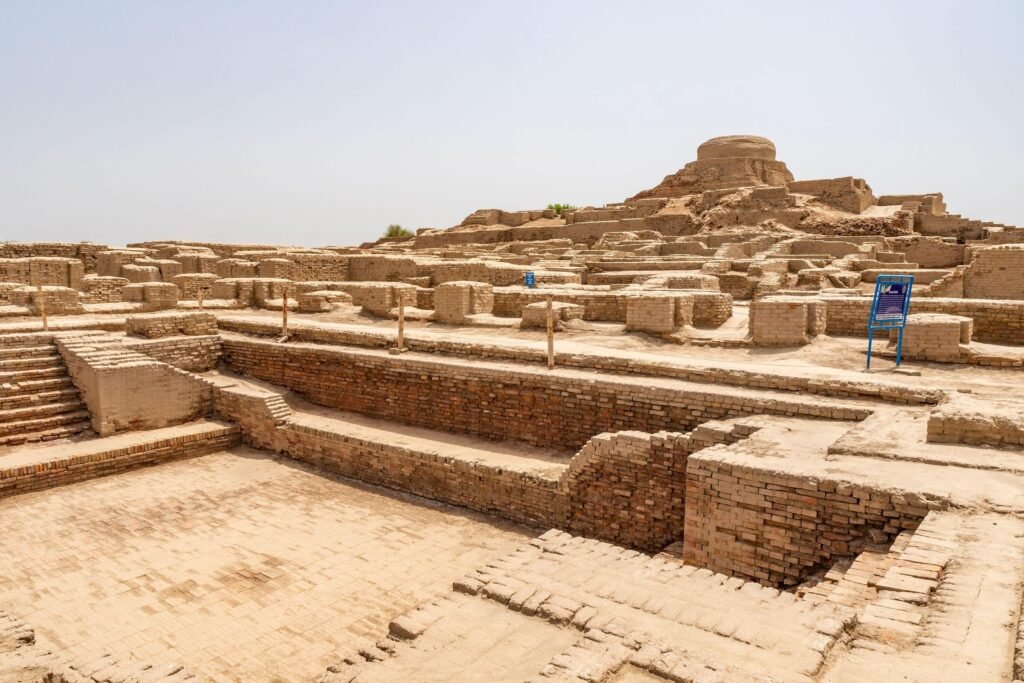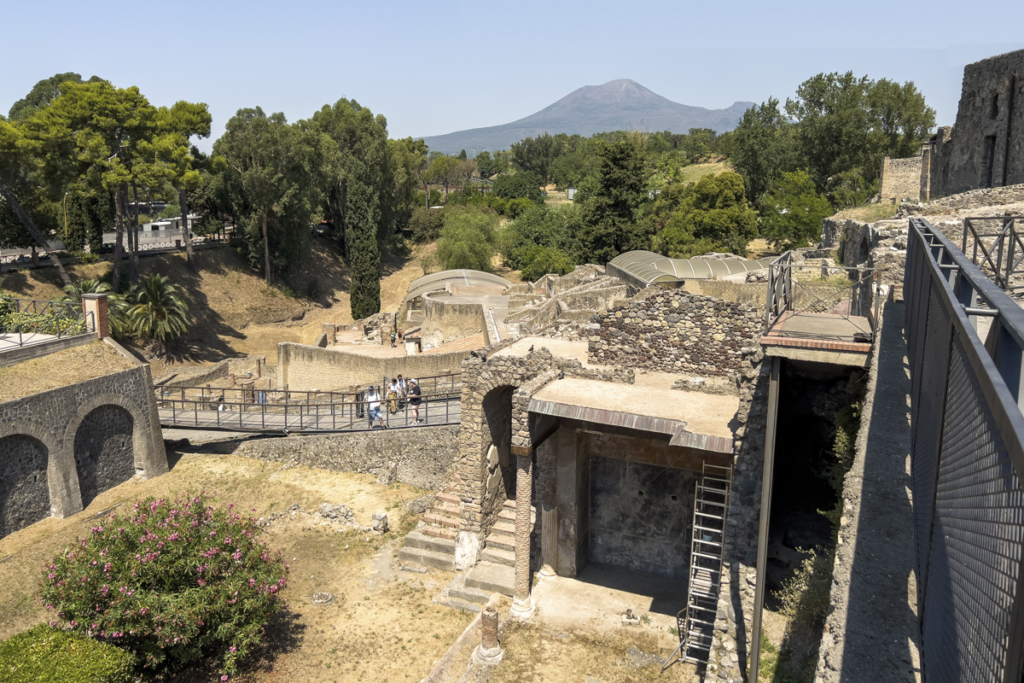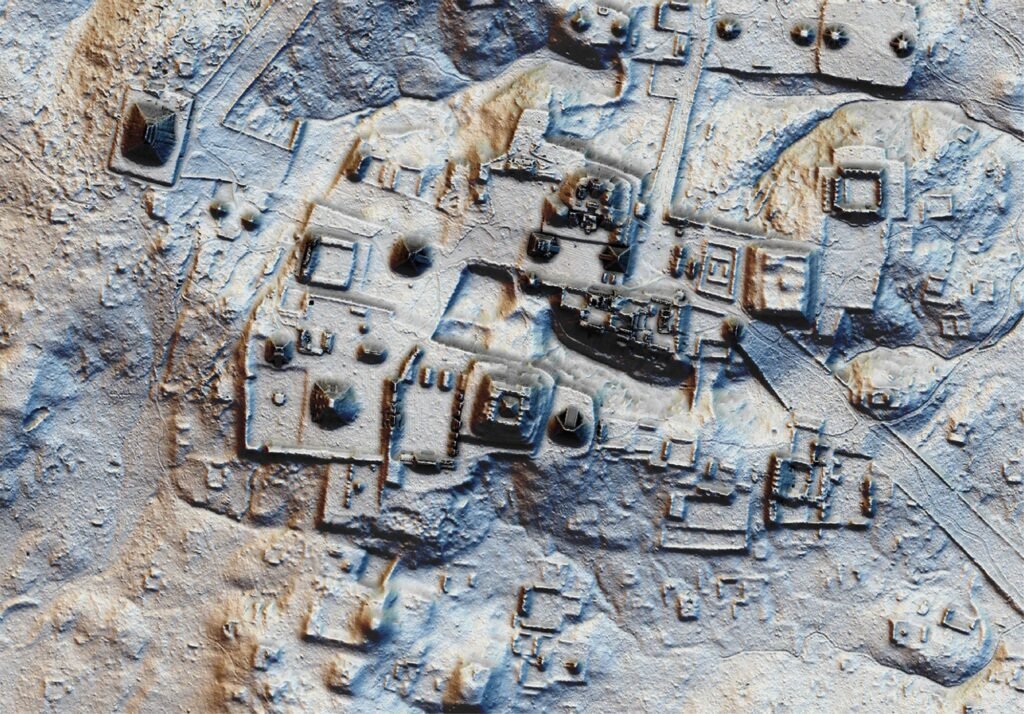Why Are So Many Historical Sites Buried Underground?
Have you ever thought about how an ancient city or even temple once thrived with life but is now hidden underground instead? The reason for this lies within the natural forces and activities of humans themselves which lead to the underground being a treasure box filled with layers and layers of earth, so let’s uncover these mysteries together.

Nature’s Role in Burying History
Nature definitely plays its part by sculpting the Earth at a slow pace, but this comes with a price as the Earth may hide history under stone, soil, and sand. Even though this process doesn’t seem dramatic as it occurs in small bursts while over the span of centuries entire civilizations do get hidden along with their cities.
Sedimentation: A Slow Cover-Up
The existence of sedimentation further confirms the idea of entire cities getting buried, rivers and streams carry soil and sand with them and deposit them in areas over long periods of time. The change in course of waterways or flooding may lead to silt to cover entire ancient river civilizations as an example.
Erosion and Deposition: Nature’s Relocation Service
Erosion wears down rocks and soil, while deposition piles them up elsewhere. Wind, water, and gravity work together to cover ancient sites. The Giza Sphinx was also filled and buried along with sand, while erosion slowly worked through the rocks and soil. Water and gravity aided in covering ancient sites for a prolonged period of time.
Climate and Catastrophes
Changing climates have submerged or buried many sites under the water or sand respectively, while ancient urban areas were wiped out by the desertification process. Other civilizations were also turned to dust due to cataclysmic events such as earthquakes and volcanic activities. An example of the history that nature can turn either into ruins or preserve is the city of Pompeii, their remains was buried under Mount Vesuvius ash but has been well kept.

Human Hands in History’s Burial
Due to the influence of humanity, much of the past has also been buried and buried deep in the earth, while nature is to blame in a significant way for this as well. It was once by chance and sometimes by design, still our actions contributed to erect more and more layers of the earth filled with interesting artifacts from the past.
Building Over the Past
People tend to construct new buildings on top of older structures, especially if there’s a lot of history. The city of Rome is a very good example. The multitude of rubble of the city indicates the long stratum of history. Rather than removing older constructions, it was common to employ new ones and use the lower parts for buildings so that other older ones remained below.
Wars and Abandonment
Several cities were destroyed because of wars, fires, and other catastrophes, which allowed nature to reclaim the land. Gradually, debris and ruins became soil, above which new life began to grow. One very interesting example is Troy: several settlements were built on top of each other.
Deliberate Burials
There are times when individuals would intentionally inter structures as part of a custom or for religious activities. Interment of burial mounds, concealed temples and tombs were developed to prevent grave robbers or to protect the dead. In a similar vein, the Terracotta Army was buried along with the first Emperor of China, Qin Shi Huang, in order to serve him in the afterlife.

Are There Benefits of Historical Sites Being Buried?
Ironically, being buried saves an immense amount of historical sites. They are insulated from the weather, erosion and even humanity’s touch while being located underground. Take Pompeii as an example: The city was encased by a volcanic eruption in a similar way people were encased in ashes in 79 AD which protected the city, including its homes, streets and food. To add to this, ancient objects which are buried in deserts or underwater also benefit from the ideal conditions, which help to preserve them well.
However, revealing these treasures is not an easy skilful task in any manner. The archaeologists have to proceed with caution in every single movement that they take due to the risk of damaging fragile artifacts. The process of excavation is considered to be rather tedious and takes a lot of time since every single detail is taken into consideration but the end result is breathtaking: a portal into the lives our ancestors led.

How Technology Is Helping Uncover History
The traditional manner in which archaeologists would discover buried sites has transformed due to modern tools. Archaeologists are able to use GPR technology to inspect what lies beneath the surface of the ground without having to disturb it. LiDAR is a technology that has been used in Central America to highlight chronicled cities that were once engulfed in or someplace buried thick tropical forests like the Mayan civilization dating back many years. Even satellite images assist in estimating the areas that have the potential for expansion from above.
One exciting breakthrough came from archaeologist Sarah Parcak, who used satellite data to locate previously unknown pyramids in Egypt. “We’ve only just begun to explore what’s hidden beneath the surface,” she said, emphasizing the untapped potential of modern tools in archaeology.

A Look Beneath Our Feet
So, why are so many historical sites buried underground? It’s a combination of natural forces, human activity, and time itself. These buried treasures remind us that history isn’t static – it is in constant flux, shifting, hiding obliterating and waiting to be uncovered.
The next time you walk through an ancient city or a quiet countryside, consider what might lie just beneath your feet. There are untold tales and forgotten worlds begging to be discovered, waiting for someone to go on an adventure searching for them. Maybe history has not faded away, it merely lies beneath the soil, hidden and waiting to share its untold stories.
